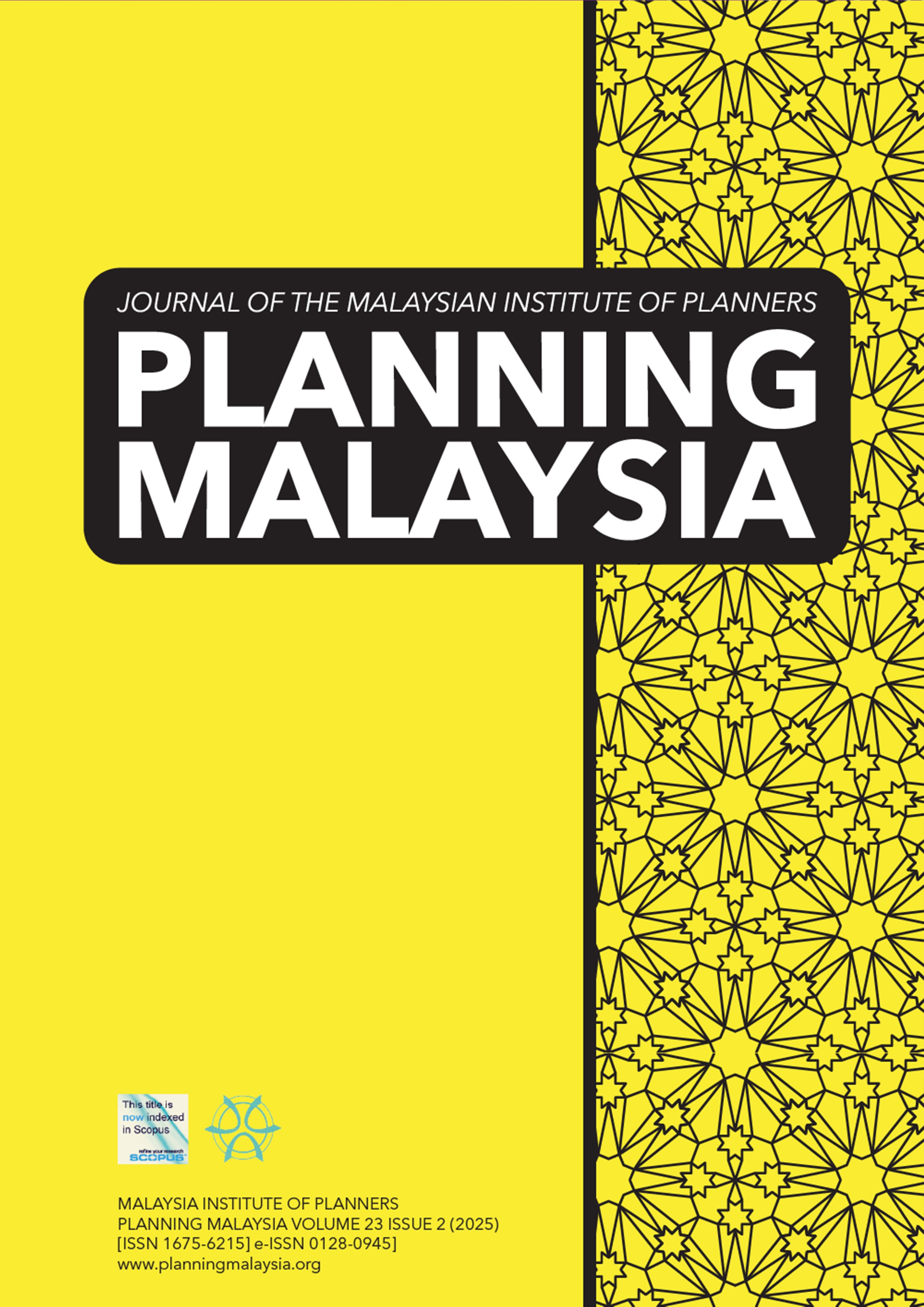EVALUATING URBAN PUBLIC BUS TRANSPORT SERVICE QUALITY: PERSPECTIVES FROM TWO USER GROUPS
DOI:
https://doi.org/10.21837/pm.v23i36.1711Keywords:
Service Quality, Urban public bus transportation, Service SatisfactionAbstract
This paper aims to compare the views of passengers and non-passengers on the service quality of public bus transport in urban areas. The methodology used combines importance and performance analysis, as well as importance and performance map analysis, to identify the critical components of the views of both groups. The sample consisted of 55 questions completed by passengers and non-passengers conducted around the Trans-Batam bus line in Batam City through an online panel. The analysis results show that non-passenger satisfaction is 65.59%. In comparison, passengers reach 66.19%, both of which fall into the "satisfied" level range. Still, both groups have different views on the priorities for improving service quality, primarily related to “travel time”, “infrastructure”, and “reaching time”. However, both groups agree that the current service quality is in line with expectations, especially concerning “fit connections”, “speed”, and “accessibility”. However, four indicators need to be improved, such as “distance of stops”, “safety stops”, “comfort in stops”, and “waiting time”. The other two indicators, namely “line frequency” and the “need for transfers”, need to be maintained at the same level of improvement. The government and public transport operators can use the findings to identify areas where the quality of public bus transport services in urban areas can be improved.
Downloads
References
Abenoza, R. F., Cats, O., & Susilo, Y. O. (2017). Travel satisfaction with public transport: Determinants, user classes, regional disparities and their evolution. Transportation Research Part A: Policy and Practice, 95, 64–84. https://doi.org/10.1016/j.tra.2016.11.011 DOI: https://doi.org/10.1016/j.tra.2016.11.011
Fadhlullah Abu Bakar, M., Norhisham, S., Mohd Saad, N., Yati Katman, H., Rasdan Ibrahim, M., Yukawa, S., Aliyyah Masjuki, S., & Insunfatima Abu Bakar, N. (2023). The impact of on-time performance towards quality of urban bus services: a case study in state capitals of peninsular Malaysia. Journal of the Malaysian Institute of Planners, 21, 459–469. DOI: https://doi.org/10.21837/pm.v21i25.1250
Hasan, U., Whyte, A., & Jassmi, H. Al. (2021). Public bus transport service satisfaction: Understanding its value to urban passengers towards improved uptake. Transactions on Transport Sciences, 12(1), 25–37. https://doi.org/10.5507/tots.2021.002 DOI: https://doi.org/10.5507/tots.2021.002
Kandeepan, A., Kavitha, S., & Narmadha, N. (2023). Study on the Application of “RECSA” Model to Evaluate the Customer Satisfaction towards Call Taxi Services Offered. Economic Affairs (New Delhi), 68(1), 397–402. https://doi.org/10.46852/0424-2513.1.2023.6 DOI: https://doi.org/10.46852/0424-2513.1.2023.6
Koryagin, M., Dementiev, A., & Sokolov, V. (2018). Management system of urban transport market. Transportation Research Procedia, 36, 334–340. https://doi.org/10.1016/j.trpro.2018.12.104 DOI: https://doi.org/10.1016/j.trpro.2018.12.104
Minelgaite, A., Dagiliute, R., & Liobikiene, G. (2020). The usage of public transport and impact of satisfaction in the European Union. Sustainability (Switzerland), 12(21), 1–14. https://doi.org/10.3390/su12219154 DOI: https://doi.org/10.3390/su12219154
Moslem, S., & Duleba, S. (2018). An Application of Analytic Network Process for Evaluating Public Transport Supply Quality. Road and Rail Infrastructure V, 5, 1573–1578. https://doi.org/10.5592/co/cetra.2018.713 DOI: https://doi.org/10.5592/CO/CETRA.2018.713
Rocha, H., Filgueiras, M., Tavares, J. P., & Ferreira, S. (2023). Public Transport Usage and Perceived Service Quality in a Large Metropolitan Area: The Case of Porto. Sustainability (Switzerland), 15(7). https://doi.org/10.3390/su15076287 DOI: https://doi.org/10.3390/su15076287
Saleem, M. A., Afzal, H., Ahmad, F., Ismail, H., & Nguyen, N. (2023). An exploration and importance-performance analysis of bus rapid transit systems’ service quality attributes: Evidence from an emerging economy. Transport Policy, 141, 1–13. https://doi.org/10.1016/j.tranpol.2023.07.010 DOI: https://doi.org/10.1016/j.tranpol.2023.07.010
Streiner, D. L. (2003). Starting at the beginning: An introduction to coefficient alpha and internal consistency. Journal of Personality Assessment, 80(1), 99–103. https://doi.org/10.1207/S15327752JPA8001_18 DOI: https://doi.org/10.1207/S15327752JPA8001_18
Sugito, E., Mohamad, D., & Roosli, R. (2024). The effects of passenger behaviour on public bus transport selection decision-making. Journal of the Malaysian Institute of Planners, 22. DOI: https://doi.org/10.21837/pm.v22i30.1440
Tuvikene, T., Sgibnev, W., Kȩbłowski, W., & Finch, J. (2023). Public transport as public space: Introduction. Urban Studies, 60(15), 2963–2978. https://doi.org/10.1177/00420980231203106 DOI: https://doi.org/10.1177/00420980231203106
Zawawi, N. H., Zainora Asmawi, M., & Zen, I. S. (2024). The performance of Kuala Lumpur’s carbon emissions in the context of urban planning. Journal of the Malaysian Institute of Planners, 22. DOI: https://doi.org/10.21837/pm.v22i30.1444
Downloads
Published
How to Cite
Issue
Section
License

This work is licensed under a Creative Commons Attribution-NonCommercial-NoDerivatives 3.0 Unported License.
Copyright & Creative Commons Licence
eISSN: 0128-0945 © Year. The Authors. Published for Malaysia Institute of Planners. This is an open-access article under the CC BY-NC-ND license.
The authors hold the copyright without restrictions and also retain publishing rights without restrictions.


